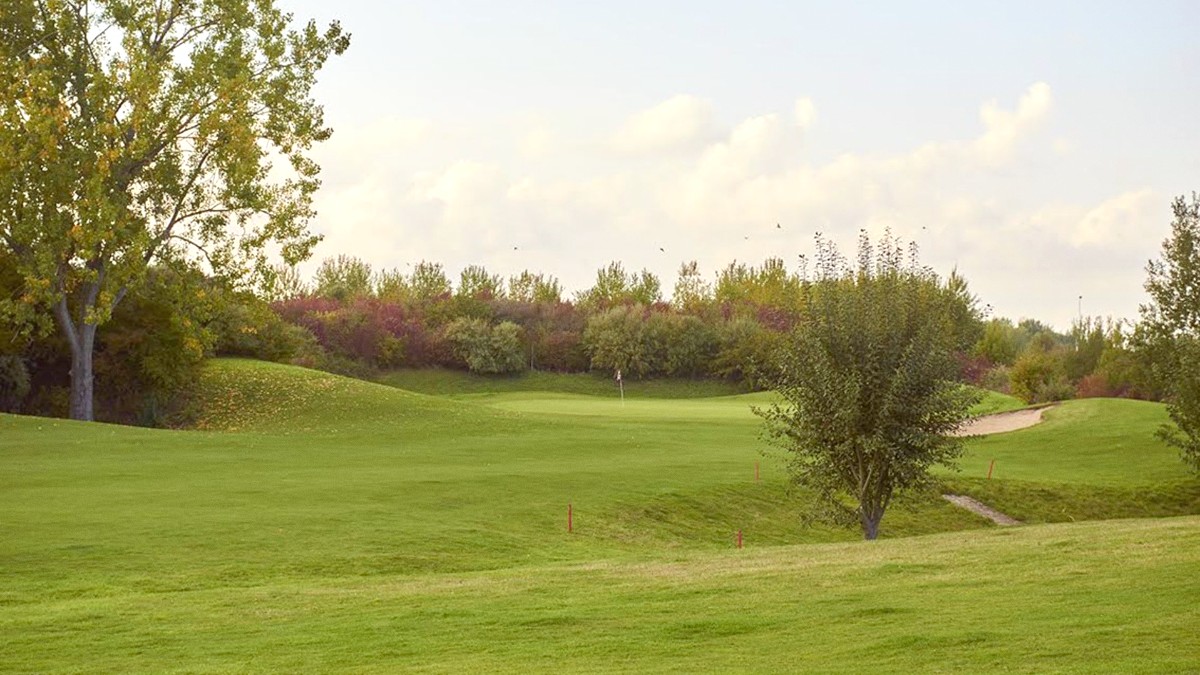
Northern France, France
Lille's cuisine is distinct, heavily influenced by its location in the Hauts-de-France region and its border with Belgium. This has resulted in a strong Flemish culinary tradition, known for hearty, comforting dishes often featuring beer, cheese, and potatoes.
The historical ties to Flanders mean Lille’s food often holds similarities with Belgian cuisine. It is a cuisine born of necessity and the region's agricultural bounty, focusing on warming, substantial meals for the northern climate. The strong brewing tradition also means beer is not just a drink but a common ingredient in many savory dishes.
Lunch (déjeuner) typically runs from 12:00 PM to 2:00 PM. Dinner (dîner) usually starts around 7:00 PM and can extend to 9:30 PM or later, especially on weekends. Many restaurants close between lunch and dinner service.
As mentioned previously, service charge (service compris) is typically included in restaurant bills. Tipping is not mandatory but gains appreciation for good service. Rounding up the bill or leaving a few Euros is common.
Tap water (une carafe d'eau) typically comes free of charge if requested. No need to order Bottled water unless preferred. Always greet staff with "Bonjour" (during the day) or "Bonsoir" (in the evening) upon entering and leaving a restaurant. It signifies politeness and respect.
This hearty beef stew slowly cooks in beer (often a dark, strong local beer) with onions and gingerbread. It is savory and deeply flavorful, a true comfort food.
Discover it in traditional estaminets.
Moules-frites: mussels steamed in white wine, butter, and herbs, with fries. Welsh: melted Maroilles cheese on toast, soaked in beer, baked, topped with ham and sometimes a fried egg.
Widely available; Welsh in estaminets.
Chicon gratin (Endives au jambon): endives wrapped in ham, baked in béchamel sauce. Potjevleesch: terrine of various cold meats set in a clear jelly.
Traditional restaurants for gratin, often with fries for Potjevleesch.
Light meringue and whipped cream pastries, often covered in chocolate shavings. "Aux Merveilleux de Fred" specializes in these delightful treats.
A thin, soft waffle filled with vergeoise (a local brown sugar paste) or vanilla cream. These are a simple yet satisfying sweet treat.
Lille boasts several highly regarded restaurants, including Michelin-starred options. Advance booking typically stands required for these establishments.
Numerous options exist throughout the city. These restaurants present a comfortable dining experience with a good balance of quality and price. Budget options include markets and bakeries.
Markets are lively places to experience local life and get fresh ingredients. Lille, with its diverse population, presents a good selection of international restaurants.
These options increasingly appear in Lille, especially in larger restaurants and health-conscious cafes. Seek dishes marked végétarien (vegetarian) or végétalien (vegan).
Traditional regional cuisine may present a challenge for vegans due to its reliance on meat and dairy. However, many places adapt dishes with clear communication.
Dedicated gluten-free menus are less common in Lille. Learning French phrases for clear dietary communication is advisable. For example, say "Sans gluten" or "J'ai une allergie à..."
Many restaurants willingness to accommodate with explanation of requirements. Halal options are available, notably in Wazemmes. Kosher options are more limited and necessitate specific research.
Some local cooking schools or private chefs may present classes focusing on regional Flemish cuisine. This method provides a hands-on way to learn.
The surrounding region holds numerous farms and artisanal producers, specifically of cheese and beer. Some establishments may present visits or tastings.
Braderie de Lille (early September) is a massive food event, specifically famous for moules-frites. Christmas Markets feature festive treats.
Traditional, cozy, rustic restaurants unique to the Nord-Pas-de-Calais region and Belgium. They serve hearty regional dishes and local beers.
While mainly a flea market, this event transforms the city into a giant outdoor dining experience.
Moules-frites are the undisputed star, with restaurants competing to build the highest piles of mussel shells outside their establishments.
During the festive season, discover Glühwein (mulled wine), pretzels, and other traditional festive treats.
Various local food markets and smaller festivals occur throughout the year. Check local event listings during your visit.
Always greet staff with "Bonjour" or "Bonsoir." Bread typically comes with meals, not as an appetizer. Tap water (une carafe d'eau) typically comes free of charge if requested.
Lille shares many culinary traditions with Belgium and the wider Nord-Pas-de-Calais region. This means you will find dishes common across the border, adapted with local touches.
Hearty beef stew slow-cooked in dark local beer with onions and gingerbread. Savory and deeply flavorful comfort food.
Rich, indulgent dish of melted Maroilles cheese on toast, often soaked in beer, baked, and topped with ham and sometimes a fried egg.
A staple dish consisting of mussels steamed in white wine, butter, and herbs, served with a large portion of golden fries.
Lille stands in a region famous for its craft beers. Many local breweries produce various styles, including strong blondes, amber ales, and abbey beers.
Seek bières artisanales (artisanal beers) for local flavors.
Genièvre is a juniper-flavored spirit, often considered a gin precursor. Picon Bière is a classic aperitif of a bitter orange liqueur mixed with beer, creating an unique and refreshing drink.
Chicory coffee also features a distinct, slightly earthy flavor.
Consider checking local event listings for any special food-related occurrences during your stay. This ensures you do not miss out on unique seasonal or festival foods.
Many restaurants have "menus du jour" (daily specials) during weekdays, which often present great value. These fixed-price menus offer a convenient way to sample local cuisine.
Do not hesitate to ask for recommendations from locals; they often know the best spots. Engaging with residents can lead to discovering hidden culinary gems.
Always check specific restaurant hours, especially between lunch and dinner service, as many establishments close during these times.